Actually, saying it won't start isn't entirely true. The £500 XJ6 is perfectly happy to start when you first climb in, but recently, when I'm cruising along it will kill power without a hint of warning.
You may remember that I attributed this to low fuel in the last blog, but it has now happened twice with the tank half full, so that rules that out.
The point at which it became a real issue was as I was idling downhill along a dual carriageway. All of a sudden the engine was dying and I had no power. More importantly, I had no steering or brake assistance at 40mph. I managed to engage neutral and style it out down the hill, dodging traffic before coming to a stop on a garage forecourt. Nobody even noticed.
The battery was holding a steady 11 volts or so, so I took a deep breath and attempted to start it. Three turns of the key and no cigar, but on the fourth try the engine sprung back to life, as smooth as ever. Trying my luck, I inched back out into traffic, only for it to die on me again just a couple of hundred metres down the road. Two more turns of the key and nothing. A third and it was business as usual.
The next five miles into work were disconcerting, but the Jag was as smooth as it had been since day one. Clearly this was something to do with fuelling or an electrical component, although my throttle had been becoming stickier as the weeks went by. Even so, the engine was stalling off the throttle, with the engine at idle. Time to investigate.
A quick read of the brilliant X300 forums revealed two common issues. Firstly, XJ6 throttle bodies can become gunked up over time and require a good clean. As you can see from the pictures, they're relatively easy to access, so that should be something I can do myself with a bit of degreaser and a toothbrush. However, the second common problem is the stepper motor, or idle control valve, and that is the more probable cause. It is something much bemoaned by XJ6 owners.
New ones range from £30 from a breaker's yard to £100-plus for a brand new unit, but given the point of this exercise the former seems the better bet. Some have reported no change at all, others say it's like having a major service: their six-cylinder engine finds new lease of life and feels as luxuriously creamy as the day it was made. We'll have to wait and see on that one, but at least it's a (potentially) relatively inexpensive option.

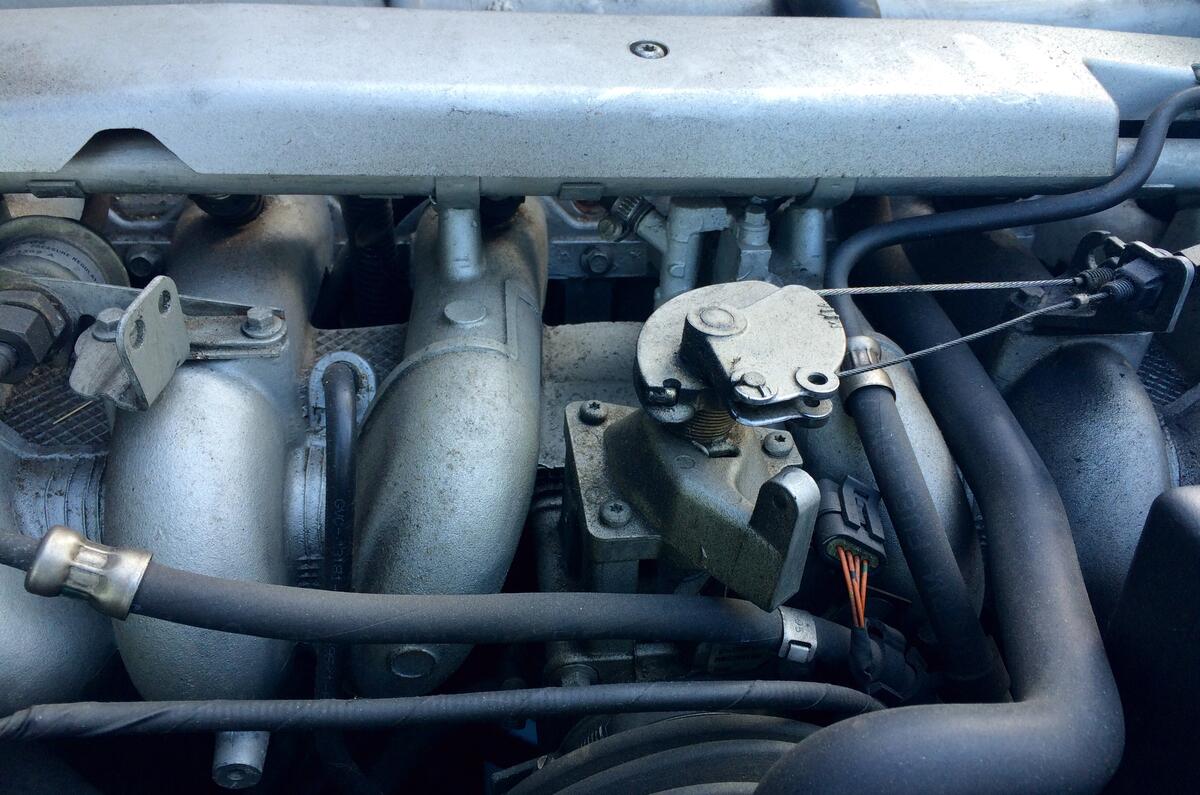

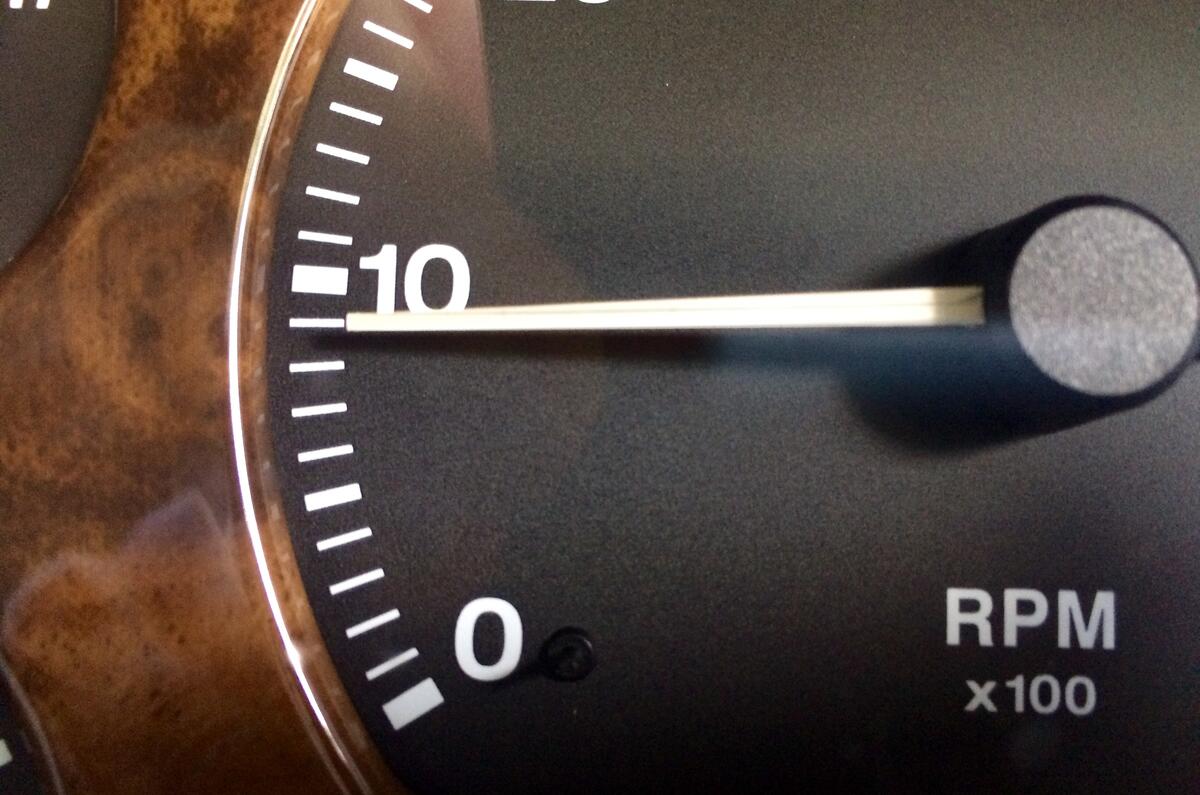
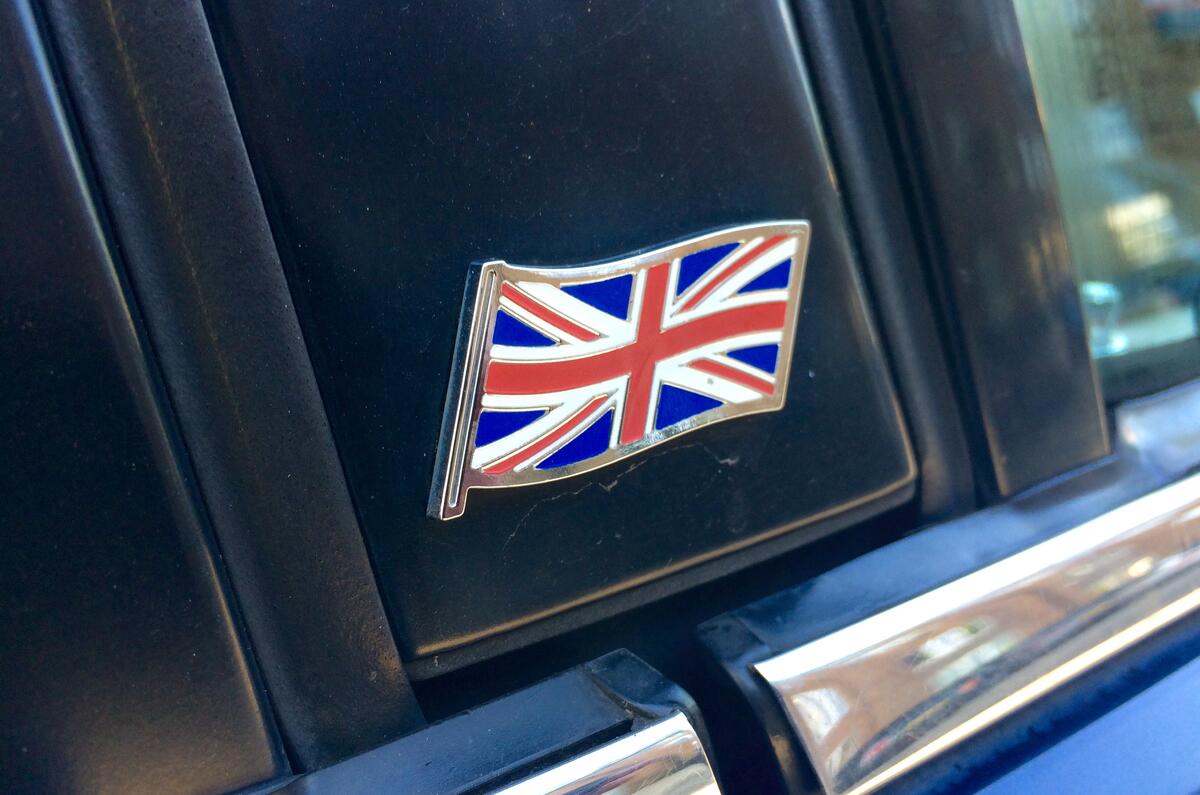
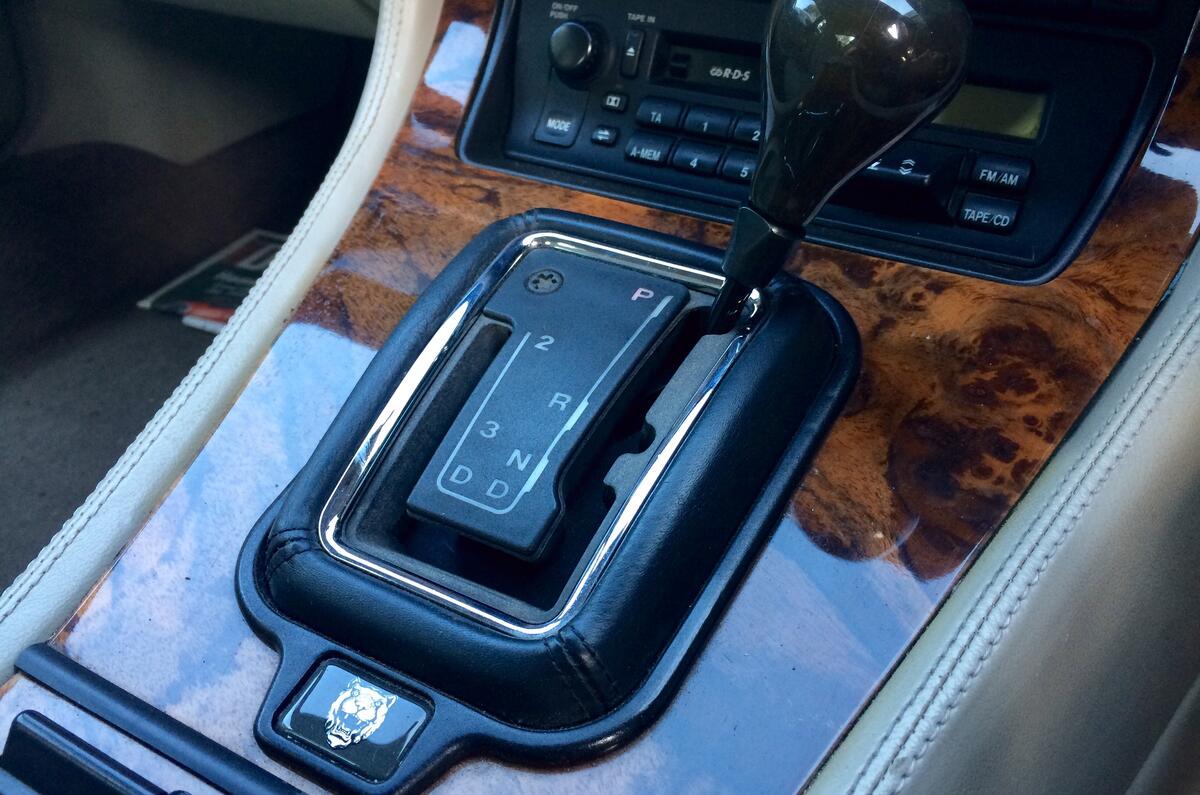
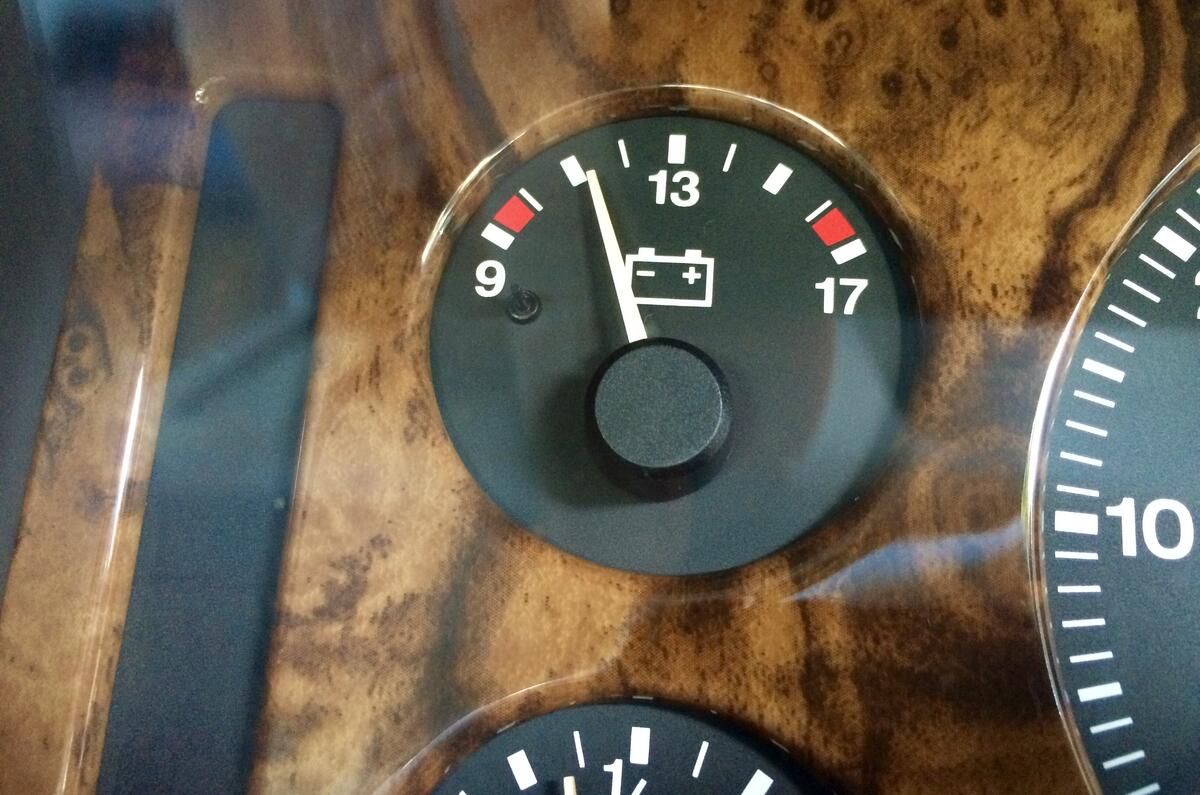
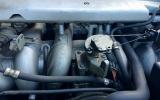

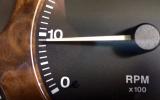






Join the debate
Add your comment
Electrical?
I only ever open the bonnet to clean the body work, my mechanical expertise runs to checking the oil and washer fluid level, but from what you say and the picture you took, is it normal for the battery to be sitting at 11 volts when all you have is the ignition turned on? Perhaps not related to the problem you're experiencing but I'd have thought the charge should be higher than that.
Jet Hose, the engine bay.
Similar issue with a Xantia
Then had an issue with an Accord coupe cutting out which turned out to be the main relay solder had cracked. 5 minutes with a soldering iron and ran flawlessly.